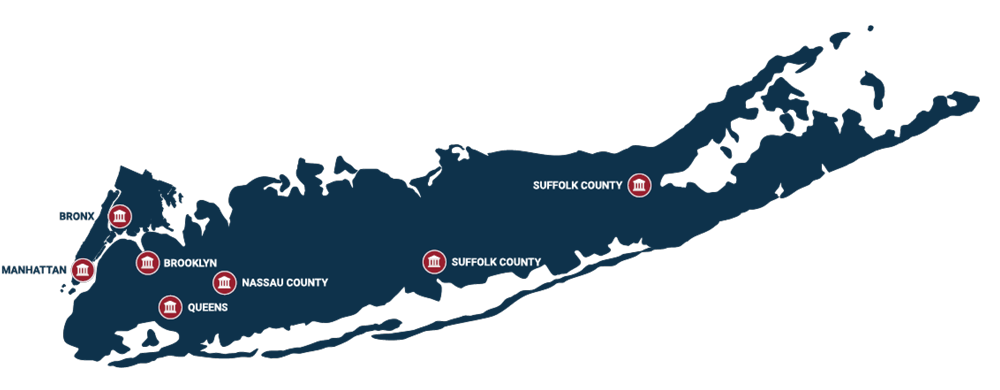A “covenant not to compete,” or “non-competition” agreement is a common feature in many employment and buy-sell agreements. Such provisions restrict a person’s employment or business activities following termination of employment or the sale of a business. They are used to help ensure that the departing employee/business owner will not take advantage of knowledge gained during their prior work to improperly compete with the employer. Lawsuits involving non-competition agreements are frequent occurrences because whether a non-compete is enforceable can have a significant impact on the livelihood of a party. Accordingly, both parties should consult an attorney for assistance ideally, before a non-compete is executed or as soon as one anticipates that the current employment relationship may end. If a dispute arises, it is important to avoid the following five mistakes.
Mistake 1: Choosing the Wrong Attorney.
When non-competition agreements issues become the subject of litigation, the parties should turn to a skilled trial attorney with significant experience litigating covenants not to compete.
Relying on the transactional attorney who drafted or reviewed the agreement will not necessarily provide a comprehensive assessment of the chances of succeeding in litigation. Furthermore, a contract attorney may not have the requisite courtroom experience to argue the case effectively. It should also be noted that such litigation in New York typically occurs in the Commercial Division of the New York State Supreme Court. Attorneys who litigate frequently in the Commercial Division are familiar with that Court’s specific procedures and the judges who preside there.
Mistake 2: Picking the Wrong Venue for the Litigation.
Like the three rules of real estate — Location. Location. Location — the venue for your non-compete litigation matters. Looking to preclude a former key employee from competing in a large geographic area? That goal may be exponentially more difficult in New York City as compared to Saint Lawrence County. Location matters. Of course, there are venue restrictions applicable to each litigation; an experienced litigator will be in a position to determine which venue is best for your particular dispute.
Mistake 3: Not Moving Quickly to Enforce Your Rights.
This is not the time to “wait and see what happens.” There is an immediacy to non-compete litigation. Generally, an employer’s or business owner’s first step in enforcing a non-compete is to request a temporary restraining order and a hearing for a preliminary injunction, the purpose of which is to obtain an order prohibiting the other person from violating the limitations contained in the non-compete agreement. A case in which injunctive relief is sought can proceed quickly, going from initiation to resolution in just weeks. Importantly, a failure to proceed expeditiously to enforce the agreement may be deemed a waiver of the right to do so and held against the employer.
Mistake 4: Failing to Make an Early Assessment of the Enforceability of the Non-Compete.
Non-compete covenants are generally disfavored by courts unless they comply with certain requirements. As a result, employers and employees should assess the enforceability of a non-compete before embarking on litigation. A party should consult an attorney to evaluate issues such as whether the non-compete was supported by adequate consideration and whether the non-compete contains reasonable restrictions on the geographic scope, time frame, and the type of competing activity to be restrained. An employer may be in for a unwelcome surprise if it cannot demonstrate the legitimate business interest being protected by the non-compete restrictions. An experienced employment litigator can help determine the strength of a party’s position and what evidence is needed to present the best case.
Mistake 5: Failing to Consider Settlement Early in the Process.
Non-compete litigation has a strong emotional component as both sides view protecting their livelihood as paramount. As such, the parties may not want to settle, but there are benefits to evaluating settlement prospects early because the vast majority of these cases are settled prior to verdict. One incentive for early settlement evaluation is that a judge has significant discretion in enforcing a non-compete as written. Instead of “winner take all,” a court may decide to “blue pencil” (modify) the limitations contained within a non-compete agreement (e.g., reducing the geographic prohibition against a competing practice from 100 miles to 25 miles from the prior employer’s principal office). As a result, the parties are wise to evaluate settlement early rather than wait for the judge to decide.
Conclusion
Parties engaged in — or facing the prospect of — litigation over a non-compete agreement should consult with experienced trial counsel and discuss the issues mentioned above. Making educated decisions and taking appropriate actions early in a dispute can have a tremendous impact on whether there is a successful outcome, and the right lawyer for the task can help you do that.
If you are dealing with a non-competition agreement, contact us to discuss your matter.

